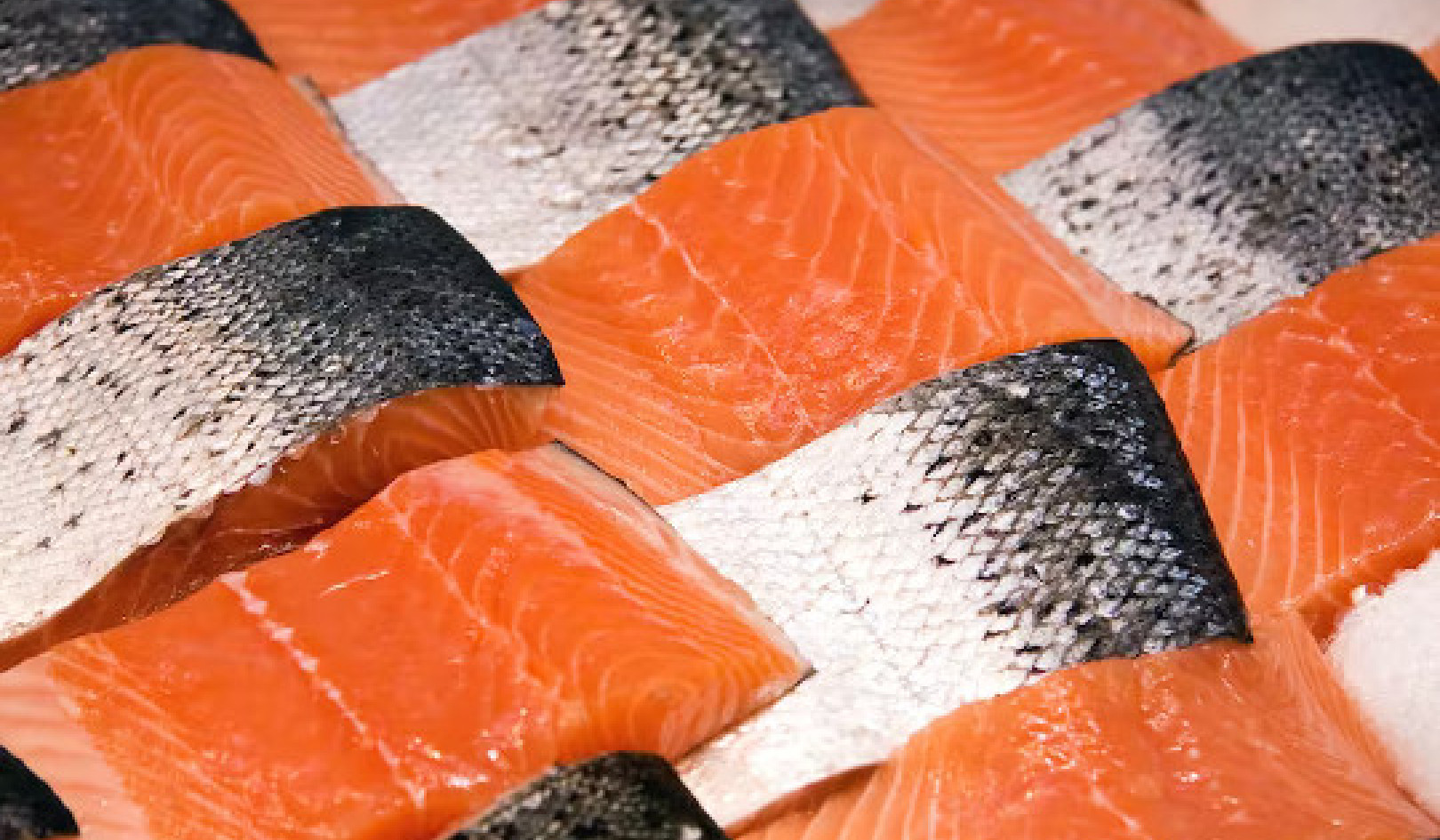
It may well be that no one dietary regimen is going to be perfectly adaptable for everyone on the planet. The Mediterranean diet is based on what people eat in that region of the world, where the weather is warmer and they tend to lead more naturally active lives. They can probably get away with a certain amount of gluten in their pasta and bread. But if you’re living in North America and you see that you’re eating bagels and scones with your coffee, followed by breakfast cereal, a sandwich for lunch, and a pasta dinner with pie or cake for dessert, then common sense should tell you that you’re eating far too many wheat- or grain-based foods.
Common sense also applies to portion size. A serving of any food is probably much smaller than you think. That may mean using restraint when defining a serving of meat or fish, but the good news is that it also means a piece of fruit or a small handful of blueberries, grapes, or raisins qualifies as a serving.
Size of Servings
The serving size of fruits recommended by the U.S. Department of Agriculture (USDA) is one medium-size piece — an apple, banana, kiwi, or pear; ½ cup chopped or loose fruit or ¾ cup of pure fruit juice, such as orange or grapefruit. For vegetables, a serving means one cup of leafy greens like kale or lettuce; ½ cup of denser veggies, such as peas or squash; or ¾ cup of vegetable juice. For grains, the standard is one ounce (one slice) of bread or cold cereal, such as granola, or ½ cup cooked cereal, rice, or pasta.
When it comes to fish, poultry, or meat, a serving consists of three ounces, or about half the usual portion. Given the serving size for fruits and vegetables, five servings a day are not so difficult to consume. But your concept of a portion of meat or fish is probably larger than it should be. So if you eat a half-pound steak or six-ounce serving of salmon, consider that two servings rather than one.
To figure out good proportions, think of your dinner plate split into thirds: two-thirds of it should be plant-based foods, and the other third should contain fish, lean meat, or skinless poultry — all rich in the protein that is needed to build and maintain tissues.
Instincts Versus Impulses
Finally, common sense means respecting your own instincts and the value of dining as a source of pleasure and fulfillment. Instincts are not the same as impulses; you may have an impulsive desire to polish off a whole pint of ice cream when your instinct tells you it’s a bad idea. If we pay attention to our instincts, they will usually lead us to healthful foods that are naturally delicious: fresh peaches and mangoes, orange juice, broccoli sautéed in olive oil and garlic, a green salad with fresh tomatoes, and so on.
For a quick overview of the good and bad food choices, consult the charts below.
|
Highly Recommended |
|
Cold-water fish (salmon, tuna, mackerel, sardines, bass, anchovies); grass-fed red meat; free-range chicken and turkey |
|
Flax seed oil, olive oil, walnut oil, borage oil |
|
Walnuts, macadamia nuts |
|
Dark-green leafy vegetables, including kale, collards, spinach, chard, broccoli, bok choy |
|
Cabbage, cauliflower, kohlrabi and other cruciferous vegetables |
|
Fruits (apples, oranges, berries, bananas, papayas, grapes, kiwi fruit, mangos, avocados) |
|
Whole grains (brown rice, oats, quinoa, but not wheat) in limited quantities if you tolerate them; beans and lentils. |
|
Green tea, oolong tea, water, mineral water, 100% juice |
|
Organic frozen fruits and vegetables with no added sugar (or anything else!) |
|
Spices (ginger, turmeric, cayenne, garlic) |
|
Dark chocolate with high cocoa content (70 percent or more) |
|
Low-fat yogurt, goat’s milk yogurt, kefir, coconut milk products, rice milk |
|
Avoid or Minimize |
|
Grain-fed red meat; feedlot-housed beef and chicken |
|
Corn, safflower, sunflower, soy, and peanut oils |
|
Peanuts; all salted, dry-roasted nuts; beer nuts |
|
Commercial baked goods; all chips, pretzels, pizza; and other food made with hydrogenated oil |
|
Deep-fried food |
|
Chips, packaged snack food |
|
Refined grain products, such as white bread, pasta, crackers, muffins, pizza dough, cookies |
|
Carbonated drinks, juice drinks, soda, diet soda |
|
Frozen foods with added sugar and preservatives |
|
Most commercial, processed cereals; breakfast and energy bars; and salad dressings |
|
Refined sugar, sweets (candy, cookies, cake, milk chocolate) |
|
Full-fat dairy products, especially milk and cheese derived from grain-fed cows |
This article was excerpted with permission from the book:
 Stop Pain: Inflammation Relief for an Active Life
Stop Pain: Inflammation Relief for an Active Life
by Vijay Vad, M.D., with Peter Occhiogrosso.
Reprinted with permission of the publisher, Hay House Inc. Copyright © 2010. All rights reserved. www.hayhouse.com.
Click here for more info and/or to order this book on Amazon.
About the Author
 Vijay Vad, M.D., is a sports-medicine specialist at the Hospital for Special Surgery and a professor at Weill Medical College of Cornell University. He is the author of Back Rx and Arthritis Rx. In 2007, he created the Vad Foundation, dedicated to two causes: supporting medical research into back pain and arthritis, and funding education for disadvantaged girls worldwide. He co-founded The Inflasoothe Group in 2008. Visit his website at www.VijayVad.com.
Vijay Vad, M.D., is a sports-medicine specialist at the Hospital for Special Surgery and a professor at Weill Medical College of Cornell University. He is the author of Back Rx and Arthritis Rx. In 2007, he created the Vad Foundation, dedicated to two causes: supporting medical research into back pain and arthritis, and funding education for disadvantaged girls worldwide. He co-founded The Inflasoothe Group in 2008. Visit his website at www.VijayVad.com.


























